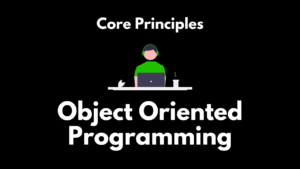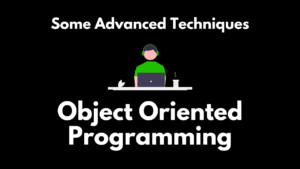What is HTML and why is it important?
If you’re new to the world of web development, the acronym “HTML” might sound like some mysterious technical jargon. But in reality, HTML (Hypertext Markup Language) is the foundation upon which the entire internet is built. It’s the language that gives structure and meaning to the content we see on websites, from the text and images to the links and interactive elements.
Think of HTML as the bricks and mortar that construction workers use to build a house. Just like a house needs a solid foundation to stand tall, a website needs HTML to provide a sturdy structure for all the other pieces that make it up, like CSS for styling and JavaScript for interactivity. Without HTML, the internet as we know it simply wouldn’t exist.
The evolution of HTML
HTML has come a long way since its humble beginnings in the early 1990s. Tim Berners-Lee, a scientist at CERN, is credited with inventing HTML as a way to share information and collaborate more effectively. What started as a simple markup language for structuring text-based documents has evolved into a robust set of tools and technologies that power the modern web.
Over the years, HTML has undergone several revisions and updates, each one adding new features and capabilities. The most recent version, HTML5, introduced a wealth of new semantic elements, better support for multimedia, and improved accessibility features – all of which have helped to make the web more powerful, engaging, and inclusive.
Understanding the basic structure of an HTML document
At its core, an HTML document is made up of a series of elements, which are denoted by opening and closing tags. These tags tell the web browser how to interpret and display the content within them. For example, the <h1> tag is used to define the main heading of a page, while the <p> tag is used to create paragraphs of text.
The structure of an HTML document typically follows a specific pattern:
- The
<html>tag: This is the root element that encapsulates the entire document. - The
<head>section: This is where you’ll find metadata about the page, such as the title, which appears in the browser’s tab or window. - The
<body>section: This is where you’ll find all the visible content that users will see on the web page.
Within the <body> section, you can add a variety of elements to create the desired structure and layout, such as headings, paragraphs, images, links, and more. We’ll explore these elements in more detail in the next chapter.
Common HTML Tags: The Building Blocks
Here are some essential HTML tags to get you started:
- Headings:
<h1>to<h6>for different levels of headings. - Paragraphs:
<p>for regular text. - Images:
<img>to insert images. - Links:
<a>to create links to other pages. - Lists:
<ul>for unordered lists,<ol>for ordered lists, and<li>for list items. - Divisions:
<div>to group elements together for styling or scripting.
Going Beyond the Basics
While these are the fundamental building blocks, HTML offers a vast array of tags for various purposes. You can create tables, forms, audio and video players, and much more.
Remember, HTML is just the skeleton. To make your website look beautiful, you’ll need to learn CSS (Cascading Style Sheets) for styling and JavaScript for interactivity. But for now, let’s master the basics of HTML and build a strong foundation for your web development journey.
Most Basic HTML Example
Here’s a simple example:
<!DOCTYPE html>
<html>
<head>
<title>My First Web Page</title>
</head>
<body>
<h1>Welcome to My Website!</h1>
<p>This is a paragraph of text.</p>
<img src="image.jpg" alt="An image">
</body>
</html>Save this in a file with the “.html” extension and open it in your browser to see the result.
Why should you learn HTML?
If you’re interested in web development, learning HTML is an absolute must. It’s the foundational language that underpins the entire internet, and a solid understanding of HTML will give you a crucial advantage as you begin to build your own websites and web applications.
But even if you’re not planning a career in tech, HTML can still be a valuable skill to have. In today’s digital world, the ability to create and maintain a basic website or online presence can be a huge asset, whether you’re a small business owner, a freelancer, or someone looking to establish an online portfolio or personal brand.
Plus, learning HTML can be a fun and rewarding process. As you start to master the basics and see your ideas come to life on the screen, you’ll feel a sense of accomplishment and empowerment that can be truly inspiring. So why not dive in and start exploring the fascinating world of HTML? Your journey to becoming a web development wizard starts here.






